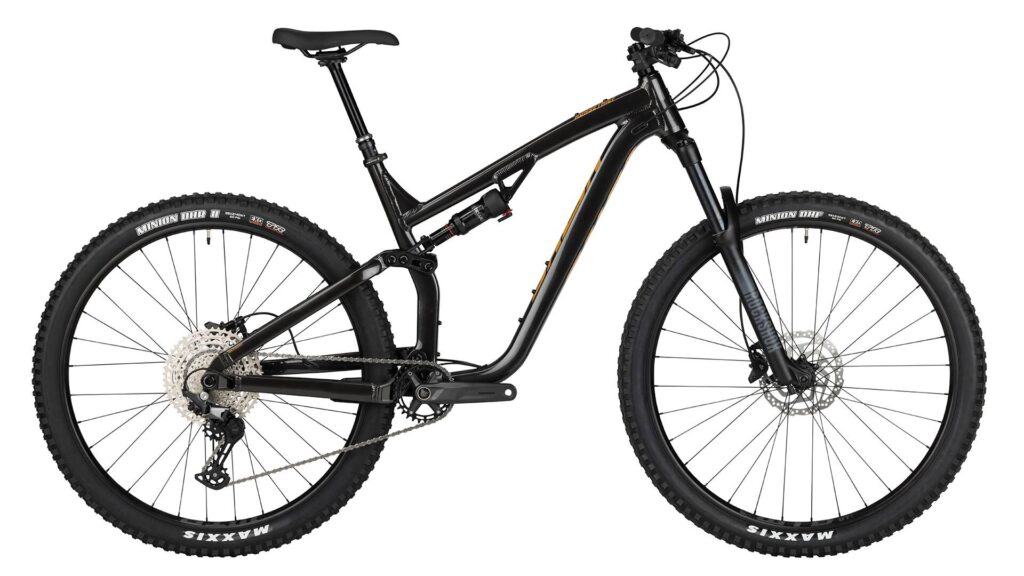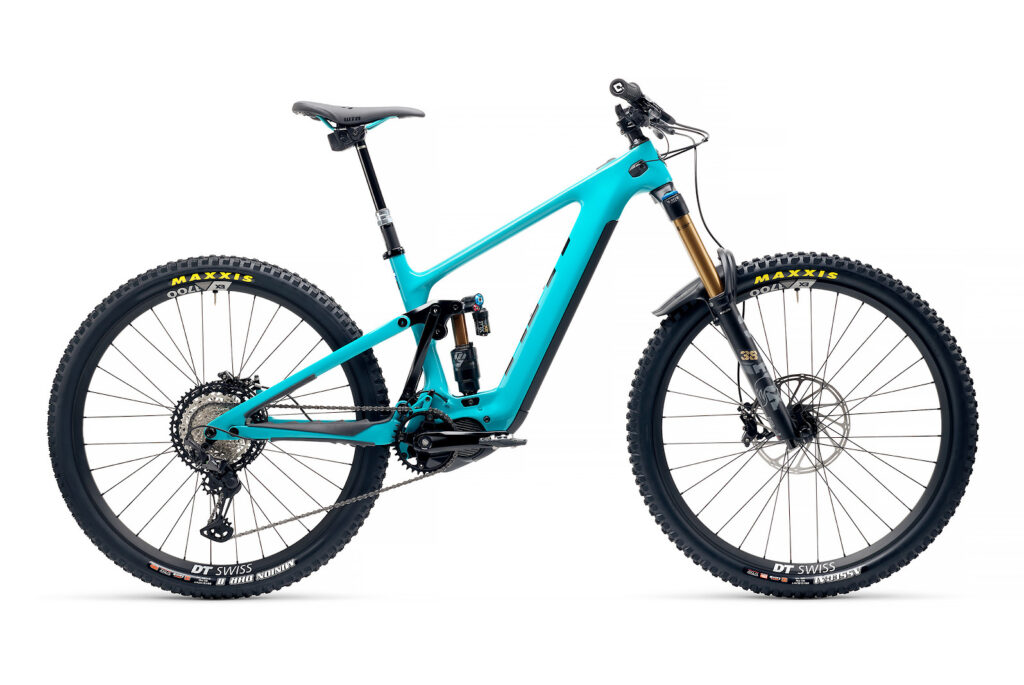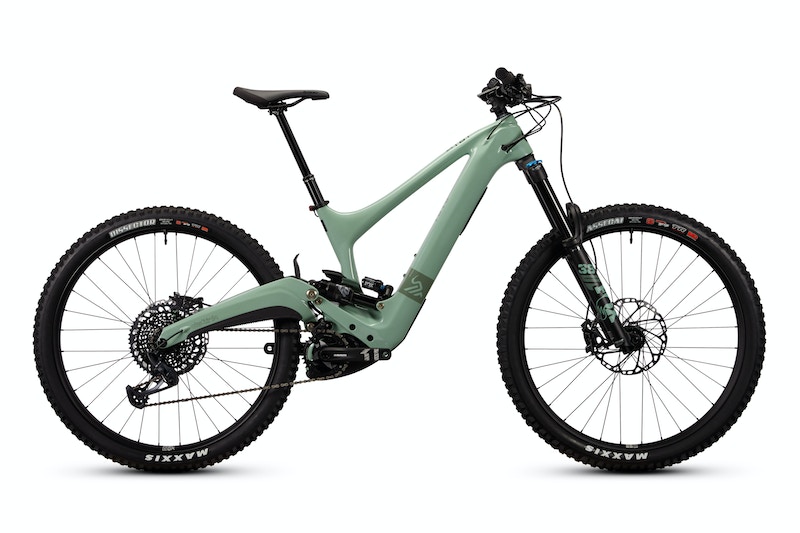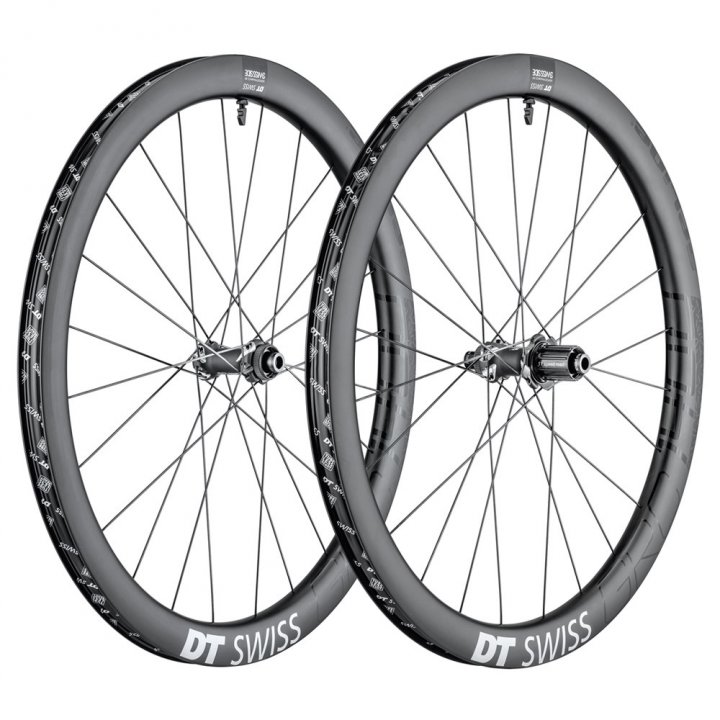Material Matters: Frame Material Choices for Enduro Bikes

Key Point Summary of Frame Material Choices for Enduro Bikes:
- Importance of Frame Material: The material of an enduro bike’s frame significantly impacts its weight, strength, durability, and ride quality.
- Carbon vs. Aluminum: Carbon frames offer lightness and stiffness but at a higher cost, while aluminum frames are praised for their durability and cost-effectiveness.
- Strength and Durability: Both materials have their strengths, with carbon offering high fatigue resistance and aluminum known for its toughness and impact resistance.
- Ride Feel: Carbon frames can be engineered for specific ride qualities, but aluminum offers a more consistent feel across different brands and models.
- Cost Considerations: Aluminum bikes generally provide better value, while carbon frames are seen as premium options.
In the world of enduro biking, where the trails demand as much from the gear as they do from the rider, the choice of frame material becomes a pivotal decision. As a masters cyclist with years spent racing and riding across various disciplines—mountain biking, gravel, and cyclocross—I’ve come to appreciate how the nuances of frame material can influence not just performance but also enjoyment on the trail.
For those at the beginner to mid-level, navigating the debate between carbon and aluminum frames can seem daunting. This article aims to demystify this choice, exploring the virtues and drawbacks of each material within the context of enduro biking—a discipline that challenges the limits of both bike and rider with its unique combination of technical descents and demanding climbs.
The Debate: Carbon vs. Aluminum
Carbon Frames
The allure of carbon lies in its ability to be both lighter and stiffer than aluminum, promising a ride that’s both responsive and efficient. Carbon’s versatility allows engineers to create frames with specific stiffness and compliance in targeted areas, optimizing for performance where it’s needed most. However, this precision comes at a price, making carbon frames the choice for those willing to invest in top-tier technology.

Aluminum Frames
Aluminum, on the other hand, has long been lauded for its reliability and resilience. Its inherent strength and ability to withstand the rigors of aggressive riding make it a steadfast choice for enduro bikers. While it may not match the lightness of carbon, advancements in aluminum technology have narrowed the gap, offering high-performance options that can rival their carbon counterparts in all but weight.
Strength and Durability
When it comes to enduring the relentless demands of enduro trails, both materials present compelling cases. Carbon’s resistance to fatigue and ability to absorb vibration offer a smooth, controlled ride over long, punishing descents. Aluminum, with its excellent impact resistance, ensures the bike can take a beating and continue performing, ride after ride.

Ride Feel
The feel of a bike is subjective, yet crucial to the rider’s confidence and comfort. Carbon frames can be tailored to deliver a plush ride that mitigates trail chatter, whereas aluminum provides a more direct connection to the trail, offering predictability and a raw sense of control.
Cost Considerations
Ultimately, the choice between carbon and aluminum may come down to budget. Aluminum frames offer undeniable value, making high-quality enduro bikes accessible to a wider range of riders. Carbon, while more expensive, is an investment in cutting-edge performance and weight savings.
Final Thoughts
The decision between carbon and aluminum frames for an enduro bike is multifaceted, balancing considerations of weight, strength, ride quality, and cost. Whether you lean towards the technological marvel of carbon or the rugged dependability of aluminum, the best choice is one that aligns with your riding goals, budget, and the specific demands of the trails you love to ride. As the technology behind both materials continues to advance, the gap between them narrows, ensuring that, regardless of your choice, you’re equipped for the challenges and joys of enduro biking.

Here are some of the top enduro bikes celebrated for their ability to handle demanding trails and races:
- Trek Slash: The Trek Slash is designed for high-speed descents and technical terrain, featuring a sturdy frame and advanced suspension technology to tackle the most challenging enduro tracks.
- Santa Cruz Megatower: With its versatile geometry and high-quality suspension, the Santa Cruz Megatower delivers a balanced ride capable of conquering steep, rough descents and technical climbs.
- Yeti SB150: The Yeti SB150 is renowned for its superb handling and efficiency over rough terrain, making it a top choice for enduro racers seeking a competitive edge.
- Pivot Firebird: The Pivot Firebird stands out for its Phoenix DH-inspired design, offering incredible descending capabilities without sacrificing climbing efficiency.
- Norco Range: The Norco Range is designed to handle the rigors of enduro racing, with a focus on downhill performance while still being capable of efficient pedaling on climbs.
- Canyon Strive: Featuring the unique Shapeshifter technology, the Canyon Strive allows riders to adjust the bike’s geometry on the fly, optimizing performance for climbing or descending.
These models represent the forefront of enduro bike design, offering riders the latest in technology, geometry, and suspension for tackling the demanding nature of enduro racing and riding.

FAQ
What are the 4 main materials used for bike frames?
The four main materials used for bike frames are aluminum (alloy), carbon fiber, steel (including chromoly), and titanium.
What is the best frame material for a touring bike?
For a touring bike, steel (chromoly) is often considered the best frame material due to its durability, comfort, and ease of repair, which are crucial for long-distance, self-supported rides.
Which is better chromoly or alloy?
Chromoly (a type of steel alloy) versus alloy (typically referring to aluminum alloys): Chromoly is generally stronger and more flexible, offering a smoother ride, while aluminum alloys are lighter and can be stiffer, making chromoly the better choice for comfort and durability but aluminum potentially more appealing for its lightness.
What is the best bike frame material for heavy riders?
For heavy riders, the best bike frame material is generally considered to be steel or titanium due to their strength, durability, and the ability to absorb road vibrations, providing a comfortable and reliable ride.






